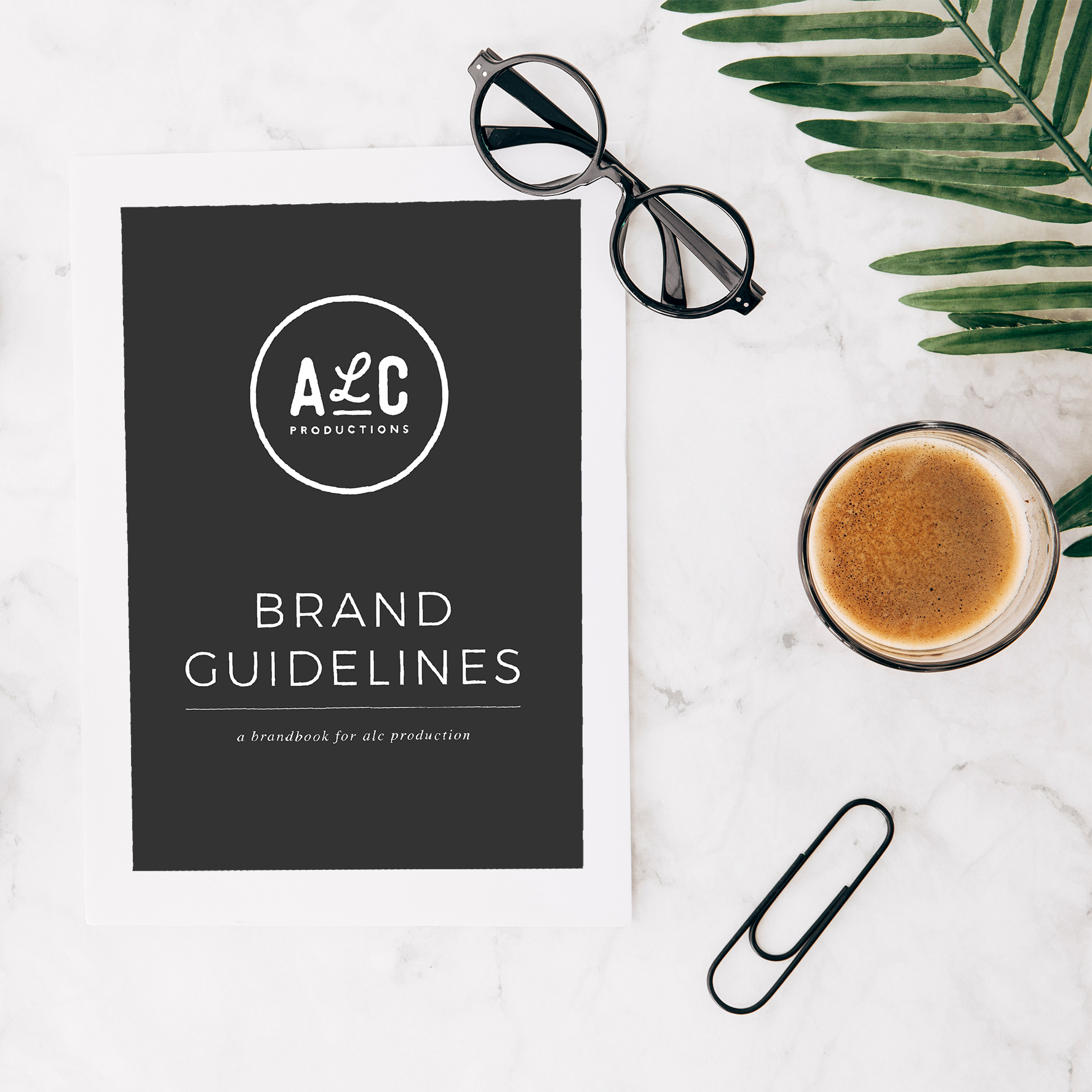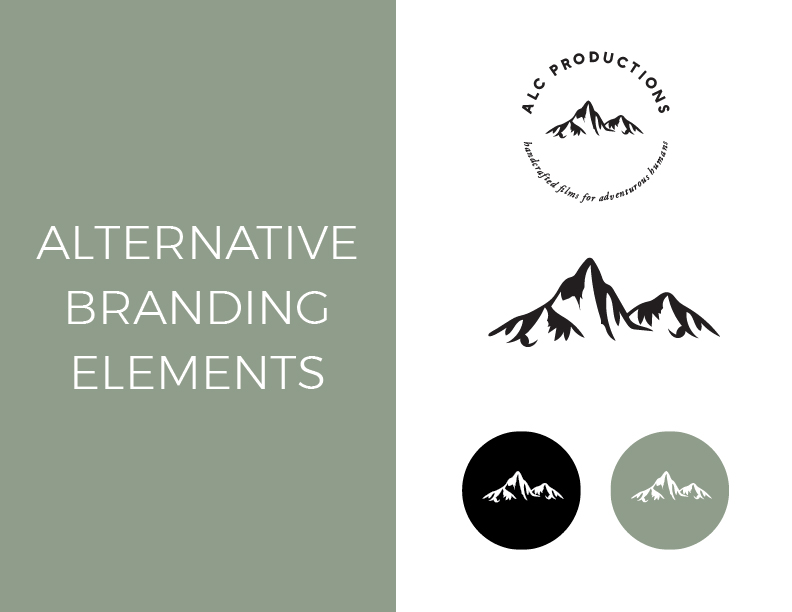
Category:
Why Your Business Needs a Brand Guideline
Your brand’s identity is the backbone of your business. Consistently presenting your business across every platform you use, from your website to your social media and emails to your printed goods, is what helps your customers and potential customers learn to recognize your brand.
Brand recognition is an important goal for any business owner because it’s what builds trust among your potential customers and loyalty among your customers.
Presenting your business differently across different platforms can cause confusion and distrust. Luckily, brand consistency can be easily achieved when you follow your brand guidelines.
What are brand guidelines?
Brand guidelines are the rules of representation that you create for your business. A brand guideline explicitly lays out the tone and look that exemplifies your business.
Your brand guidelines document houses all of your brand values in one place so that you, your employees, and any vendors that you work with will have a clear-cut outline of how materials for your business should look.
What should you include in your brand guidelines?
First and foremost, your brand guidelines should include your logo. Your logo sets the tone for your brand, and if it includes colors and/or font it also sets up how you will tie other materials together.
Alongside your logo, be sure to include any alternate logos you may have or symbols that you use to identify your brand on social media. If you do include alternate logos, it’s important to also include usage rules along with them. Even if you’re a solopreneur, as your business grows you may bring more people into the fold, be they employees or outside vendors, and it’s important to have guidelines around your logos use. Even if you don’t, it can be helpful to have that information to refer back to yourself!
Typography is another critical piece of information to include in your brand guidelines. Any fonts that you use for your business should be included here. Again, usage is an important note. Clearly distinguish what each font is used for- from your headers to your website font, to your logo.
Brand voice is an important part of maintaining a consistent brand, and including notes that you’ve made about your brand voice is a great idea. This can include who your target audience is and how you’d like your business presented to them. Some examples of this include; approachable, informative, friendly, etc.
How to use your brand guidelines
Once you’ve created your brand guidelines, they are a tool that you can refer back to again and again. If you branch into something new, for example posting on Instagram Stories, you can refer back to your brand standards to make sure that you’re using consistent fonts, imagery, and tone.
If you don’t have brand images and fonts just yet, and you’re looking to work with a designer to help you brand your business, your designer can help you create the brand guidelines that will encompass the work they’ve done with you and allow you to continue building your brand recognition.
Whether you’re a business of 1 or a business of 100, having your brand guidelines all in one place will help you build consistency, and help your business flourish.
CREATIVE RESOURCES
CURATED JUST FOR YOU
Done-for-you color palettes, font pairings, and image mood boards for elevating your Canva designs.
access style library
Shop our collection of DIY logo designs crafted in Canva to easily customize and make your own.
view all the kits
Learn to design a professional brand for your business with helpful creative courses.
view courses
Canva Brand Kits
Elite Style Library
Creative Courses
Does your brand have what it takes to
make an impact?
Download The Ultimate Branding Checklist to find out.
free resouRce


